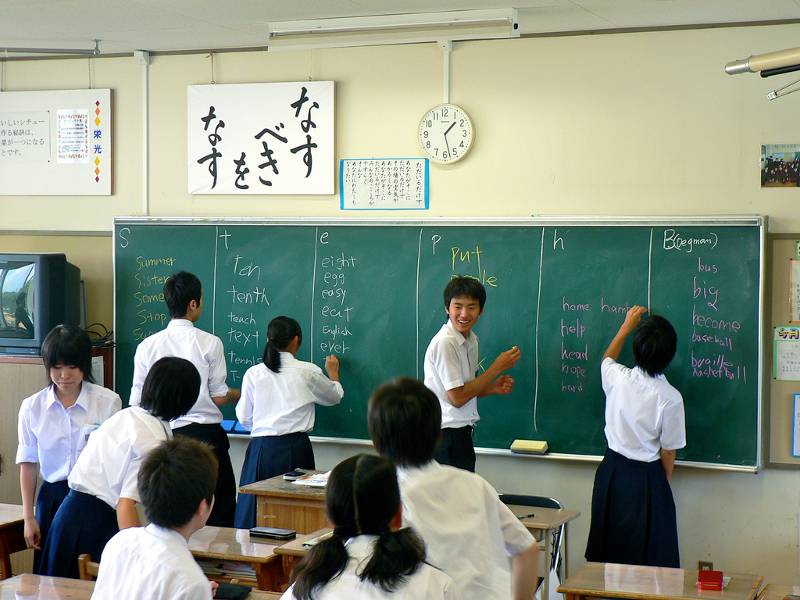
Build momentum only after you’ve established strong routines. Recognize the value of starting out slowly. Introduce more centers over time in accordance with your curriculum theme, what is developmentally appropriate for your children, and your assessment of children. Be sure to model what children are expected to do and how they should behave and give children repeated practice. However, while this time may look different depending on what grade you teach, there are certain universal elements you must consider. You must to consider the needs of your particular group of children and your curriculum goals, as well as child engagement. This time requires thoughtful planning on your part.
#Teacher worktime how to
You are also supporting children in learning how to work and act more responsibly and independently. Whether you call it centers, stations, or literacy work stations, this is the time when children are purposefully engaged in literacy tasks that help them solidify their understanding of key literacy skills and strategies. Independent Work Time also supports children’s abilities to self-direct their learning. Independent Work Time is an essential component of the balanced literacy block during which important work is done for the purpose of strengthening all areas of children’s language and literacy development (listening, speaking, reading, and writing). It’s an ideal time for children to get the practice they need with what has already been learned in whole group and in small groups - and particularly a good time to review things for which they have a demonstrated need for additional practice. This is not a time to introduce anything new. Therefore, when planning for centers, keep in mind: children should be practicing what they are currently or have recently learned in reading and writing.


The activity or task should be something the child can complete successfully.Children should work on tasks and activities with which they need more practice.The work should relate to current instruction.Research indicates that independent work and literacy stations must be guided by the following principles: Children’s stamina for independent work grows when they are working in a classroom where clear procedures have been taught, modeled, and practiced. Additionally, you can promote responsibility when you teach children how to use their time effectively and have routines in place. When you explicitly model these tasks and give children the repeated practice they need to be successful, Independent Work Time can flourish. Through differentiation in activities, you can ensure that children find tasks that meet their academic needs. New readers and writers need plenty of time for practice. This version of Introducing Buddy Reading includes additional "look fors" and tips.Ī well-planned and thoughtful Independent Work Time does much more than just keep children “busy” while you teach small groups of readers.Ĭhildren should be engaged in meaningful work that gives them the opportunity to apply and transfer skills, strategies, and content that has already been taught during whole group and small group instruction.

Independent Work Time in a First Grade Classroom - Introducing Buddy Reading - Director’s Cut


 0 kommentar(er)
0 kommentar(er)
